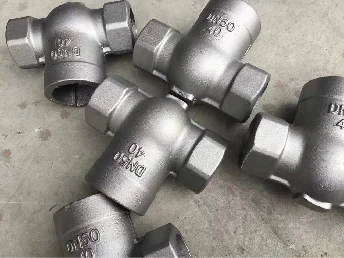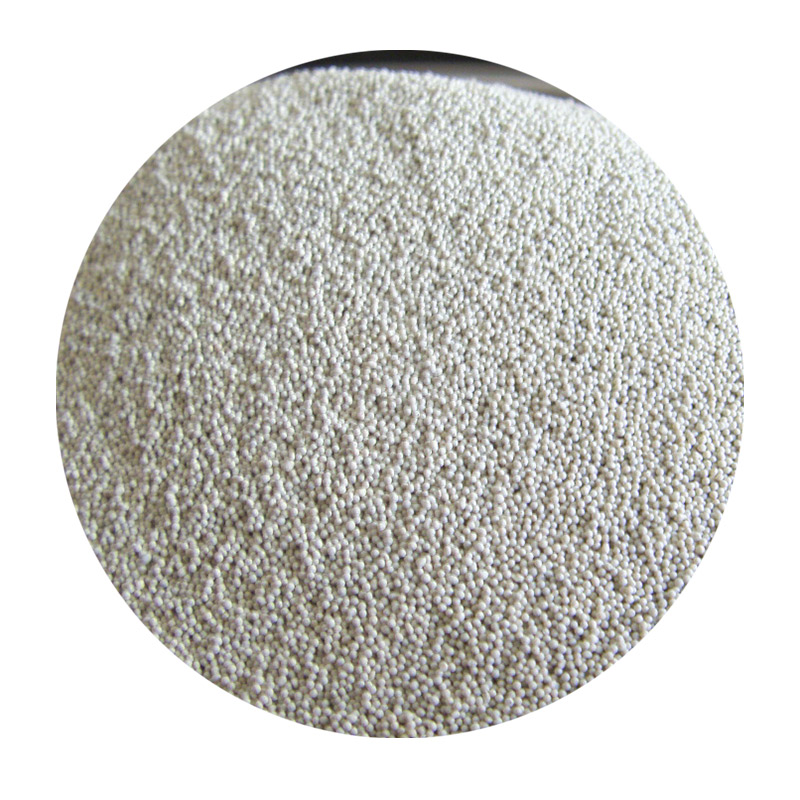

Progress to a fine grit of 800-1000 for surface polish. At this stage, the goal is to eliminate minor scratches left by previous sanding. Wet sanding remains advantageous for finer grits. Patience is key; spend as much time needed until the surface begins to take on a polished sheen. For the ultimate finish, use ultra-fine grits of 1500-2000. These grits refine the surface, making it suitable for painting or sealing. Once finished, your print should exhibit a consistent and smooth texture, revealing the high level of craftsmanship. Advanced Techniques for Perfection To elevate your renders to professional standards, consider extra steps like using filler primers. After sanding with a medium grit, apply a filler primer to help conceal small surface imperfections. Once dried, sand with fine and ultra-fine grits to perfect the finish. For those tackling intricate prints, experiment with micromesh finishing pads, which offer control over ultra-fine sanding with minimal effort. Additionally, rotary tools with polishing attachments can enhance detailed work on small or complex features. Trust in the Process Sanding is both an art and a science, requiring patience and a careful touch. Every model has unique properties, making it essential to tailor techniques to each print. Practicing varied approaches on test pieces can build the familiarity needed for different shapes and sizes. With time, your 3D prints will not just stand as testament to the printer’s capability, but also as a personalized showcase of your craftsmanship and dedication. Approach each project as an opportunity to refine your skills, enhancing your authoritative edge in the dynamic world of 3D printing. Post time:თებ . 10, 2025 11:43
Next:sand casting sand types
